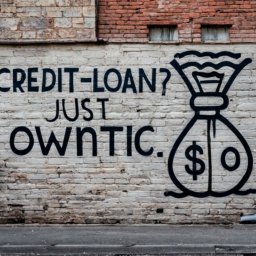Being part of the American middle class today often feels like walking a financial tightrope — too “comfortable” to qualify for assistance, yet too stretched to feel secure. The traditional markers of middle-class life — homeownership, college tuition, steady savings — have become harder to reach and even harder to hold onto.
Over the past few decades, the idea of what it means to be middle class in America has shifted dramatically. Wages have stagnated for many, even as worker productivity and education levels have climbed. For nearly 40% of Americans, financial stress has become a direct contributor to mental health issues. And for those burdened with significant debt, the day-to-day challenge isn’t just about saving — it’s about survival.
The middle class was once the beating heart of the American Dream. It promised stability: a house, a car, a good school for your kids, and maybe a family vacation or two. But for many today, that dream feels more like a memory.

In reality, the middle class in 2025 is caught in a kind of economic limbo. You’re not “poor,” but you’re not truly secure either. You’re expected to be doing fine — yet that sense of security is fragile. Back in 2018, a striking one-third of middle-income Americans said they couldn’t cover a \$400 emergency. That story hasn’t improved much.
Many now hesitate to even call themselves “middle class.” In polls, more people identify as “working class,” a term that better reflects the hustle and instability they face. Economic class is often treated as a fixed label — you’re either middle class or not — but the truth is more fluid. Many Americans cycle in and out of poverty, even while technically sitting in the middle-income bracket.
This uncertainty has become a defining trait of middle-class life. The Pew Research Center found that the middle class has steadily declined over the decades — from 61% of adults in 1971 to just 51% in 2019. The conversation continues, but the direction is clear.
Part of the challenge is that there’s still no official definition of what “middle class” actually means. It’s less a fixed income range and more a lifestyle aspiration — one that’s becoming harder to afford. Housing costs, healthcare, education, and even basic childcare have outpaced wage growth in many cities. And while statistics may show the middle class hasn’t disappeared, the pressure it faces is undeniable.
Perhaps the clearest signal comes from younger generations. Millennials and Gen Z are finding it significantly harder to enter and stay in the middle class. In 2019, just 60% of millennials in their twenties were part of middle-income households — a noticeable drop from the nearly 70% of baby boomers at the same age.
In 2025, the American middle class is still here — but it’s being squeezed, stretched, and redefined. The dream hasn’t vanished, but for many, it’s drifting further out of reach.



